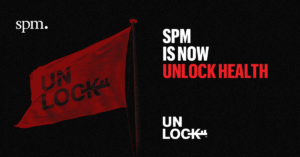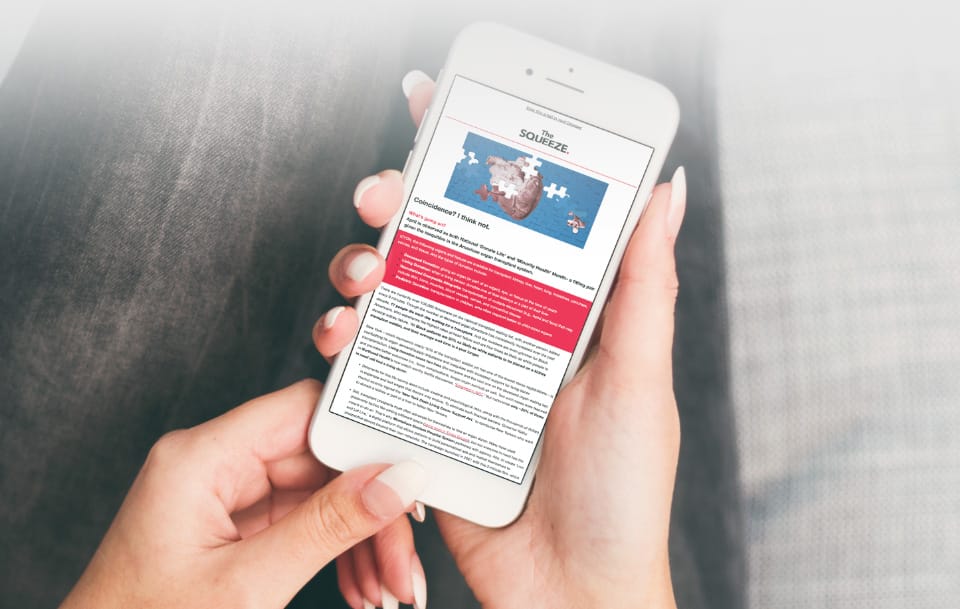Mental Health Awareness Month: Poor Impressionable Souls.

What’s going on?
Mental Health Awareness Month 2023 has cast a lasting spotlight on the waning mental health of youth and adolescents.
This issue discusses body dysmorphia and self-harming behavior among children, which may be upsetting to some readers.
Since kicking off in 2004, the Dove Self-Esteem Project has been on a mission to make beauty an accessible source of confidence for all. Its latest installment reinforces the company’s stance that social media is a negative influence on young girls, and backs legislation (the U.S. Kids Online Safety Act [KOSA]) which seeks to establish standards, safeguards and tools to protect children’s experiences online. Dove launched the campaign with this astonishing film, “The Cost of Beauty:”
Just last week, the Surgeon General released a 19-page advisory about the “profound risk of harm” of social media to young people. Dr. Vivek Murthy noted that while the effects of social media on adolescent mental health are not fully understood, there are ample indicators that it can normalize self-destructive behavior “in early adolescence, when identities and sense of self-worth are forming, brain development is especially susceptible to social pressures, peer opinions and peer comparison.”
Staggering stats from a 2021 CDC survey back this up: 22% of high school students reported seriously considering suicide, 18% made a plan to commit suicide, and 10% attempted suicide one or more times during the 12 months prior. Female and LGBTQ+ students were impacted more significantly than their counterparts, with 57% of teen girls reportedly feeling “persistently sad or hopeless.”
In response, the Ad Council is collaborating with partners Amazon and Sesame Street to arm parents and caregivers with resources to support the emotional well-being of the children in their lives. “Sound It Out: When You Can’t Say It, Play It” helps families break the ‘I’m fine’ barrier and initiate conversations with tough-to-connect-with teens through music on Amazon Music devices. Sesame.org/MentalHealth appeals to a younger audience, featuring an originally tracked PSA and other bilingual tools which highlight the mental health benefits of a nurturing relationship between grown-ups and children.
What's The Squeeze?
Parent or not, this likely struck a chord that more needs to be done to protect and preserve the mental health of young Americans today.
Social media is an undeniably influential – and necessary evil – place to start. Dove’s campaign for reform is ironically largely playing out on social media platforms, acknowledging it’s where people get information. Its global Chief Marketing Officer likens their efforts to one of Dove’s products: “Body wash has many good things, but if it has an element of toxicity, we’d have to remove the toxicity in the same way you should look at social media.” If you agree and want to personally sign a petition in support of KOSA, you can do so here.
As a healthcare communications professional, here are three key takeaways to consider:
These Mental Health Awareness Month campaigns are strong examples of cause marketing, hitting closer to home as the lines between physical and mental health get blurrier. The SPM Consumer Compass asks about considerations when choosing a primary care physician, and found that 50% of adults consider it extremely important that the doctor ask about their mental health and offer to refer them to mental health resources.
30% of SPM Consumer Compass respondents say that they currently have a relationship with a mental health provider, therapist, counselor, or addictions specialist. Consider this alongside the above statistics regarding youth and adolescent mental health as you are evaluating your employer brand. Is your organization doing enough to support the well-being of your employees and their families?
Our communications run the risk of unintentionally reinforcing stereotypes and unrealistic body standards, so we must be especially cognizant that our content is inclusive and representative of the people we serve, whether they’re our intended target or not.
Related Insights.

Dare to Dry?
A record 27% of Americans were highly likely to participate in Dry January and beverage brands crafted unique strategies to step up to the challenge.

Jingle All the Way Down Memory Lane.
This innovative initiative leveraged nostalgic advertising jingles to help Puerto Ricans with Alzheimer’s to remember their past.

Unlock Health Announces Acquisition of SPM Group, the Premier Network of Health and Healthcare Marketing Agencies
The acquisition positions Unlock Health as the leading growth marketing platform in the health services sector by size, scale, and breadth of capabilities. NASHVILLE, TENN.

Get The Squeeze.
Receive the latest trends and insights from all around the world of consumer advertising and healthcare marketing straight to your inbox. From new tools to noteworthy campaigns, we’ll break it down and give you all the juice.




